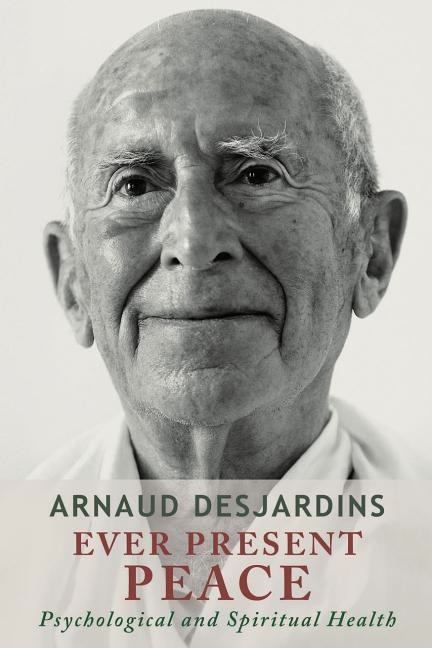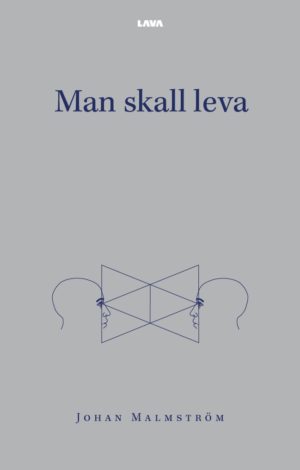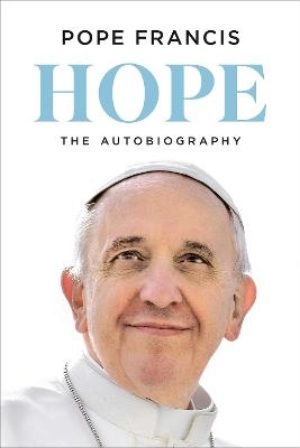When the renowned Christian author and contemplative monk Thomas Merton made his first and legendary trip to Asia in 1968, he carried only a few books with him. One of these, The Message of the Tibetans, was written by a young French documentary- and film-maker and named Arnaud Desjardins.
Ever Present Peace is Desjardins' unique testimony following upon a lifetime of commitment to the spiritual Path. It is also the final work (he died in 2011) of a prolific author (of more than 20 books) and spiritual teacher, in which he summarizes and highlights the core elements of his teaching over the past 40 years.
Arnaud Desjardins was and remains “a Teacher's Teacher” – world-known and deeply-respected by his peers from varied religious traditions for this brilliant and kind presence, and for his spectacular ability to integrate the great dharmic teachings of both East and West.
From 1974 until his death in July 2011, the author followed precisely the instructions of his own guru, Swâmi Prajnânpad (a Bengalese master), who asked him to teach in France what he had received – a definitive reversal of the context in his life, which resulted in the condition of unconditional love and “ever present peace.” Desjardins' whole life was then committed to this mission and this book is based on his experience as a student, a disciple and as a teacher – a “guru” as the Indian tradition understands this. Arnaud Desjardins tirelessly worked with tens of thousands of individuals and groups, personally and through his writings, helping them to gain insight into the nature of their minds and the ways in which they prevented their true nature from revealing itself.
His legacy draws upon the Gospels of Christianity, the great truths of Buddhism, and the wisdom of his own guru, Sw. Prajnanpad, whose words are elaborated throughout. Yet, despite these several streams of input, they all point to the same message: Peace of mind, heart and body is possible here and now, for any who are willing to aim. . .and then practice. . . in this direction. This book is like a last will and testament, more succinct, perhaps, than previous ones, and eminently passionate. From page to page the author literally begs his readers to follow these simple, clear directives.
Topics include the nature of human suffering; the meaning of love; how peace is lost and how it is found; the advantages of working with a teacher or master, and how this legacy can be simply applied in everyday life.







